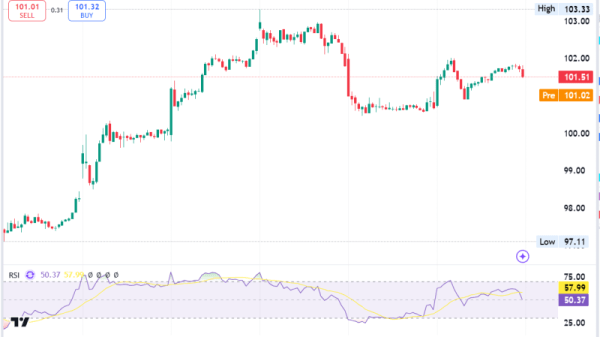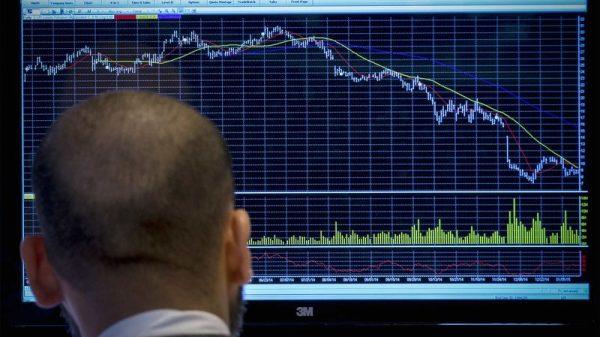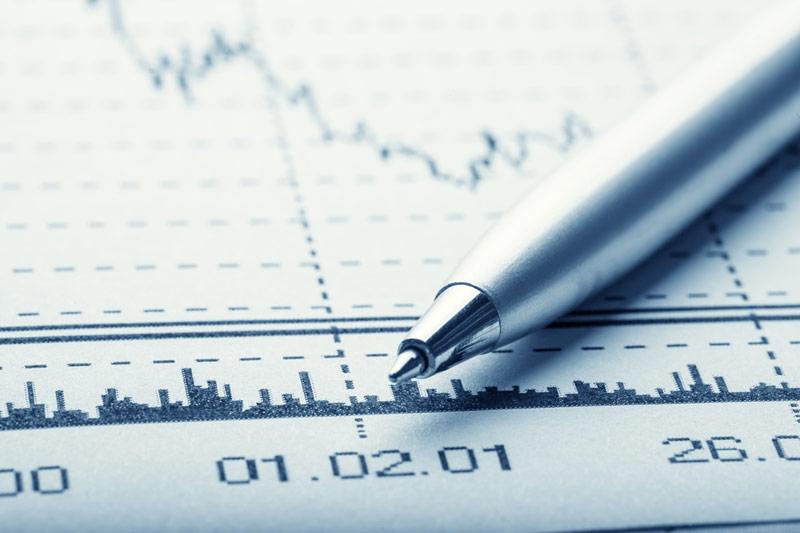Capital Economics released its global economic forecast, projecting a year of reasonable global GDP growth in 2025, alongside a continued normalization of monetary policy.
The firm anticipates that the impact of tariffs on the global economy will be less severe than commonly expected, with more significant effects likely to emerge in 2026 rather than within the year 2025.
Geopolitical issues are expected to capture headlines, but their economic consequences are predicted to unfold over several years.
In the United States, the forecast suggests that the policies of the incoming Trump administration will cap GDP growth at around 1.5% on an annualized basis and will trigger a temporary surge in inflation to about 3%.
Capital Economics predicts the Federal Reserve will reduce interest rates twice more in the first half of 2025, setting the federal funds target range between 3.75% and 4.00%.
For the Euro-zone, the combination of sluggish growth and inflation rates below target is expected to lead the European Central Bank (ECB) to lower interest rates more than most currently anticipate in the coming year.
The United Kingdom (TADAWUL:4280) is forecasted to experience a stronger economy than many anticipate, despite domestic challenges and a bleak outlook for major trading partners, attributed to lower inflation and interest rates.
China is poised for additional policy easing to support economic activity in the coming months, but a slowdown is still expected next year due to a tougher external environment and a continued decline in property prices and construction.
India’s economy, after a strong performance, seems to be entering a softer phase, with the Reserve Bank of India (NS:BOI) (RBI) likely to adopt a less hawkish stance. Other Asian regions are forecasted to maintain weak GDP growth and low inflation, which may lead to further interest rate reductions.
The report also forecasts a decline in most energy and industrial metals prices in 2025 due to structural demand headwinds and rising supply, although it notes that the risks to this outlook are more balanced than usually presumed.
This article was generated with the support of AI and reviewed by an editor. For more information see our T&C.






































